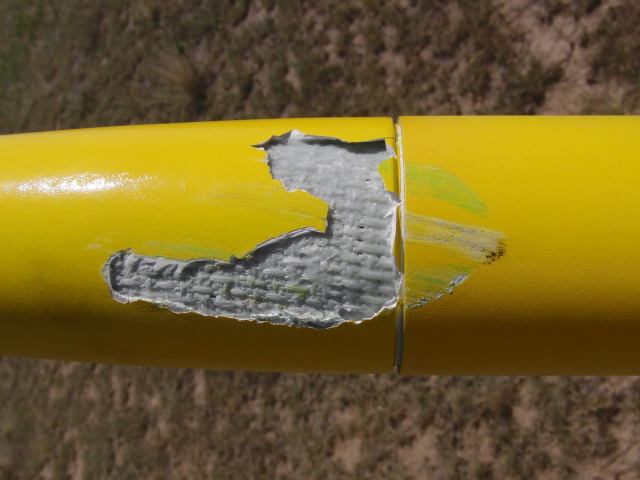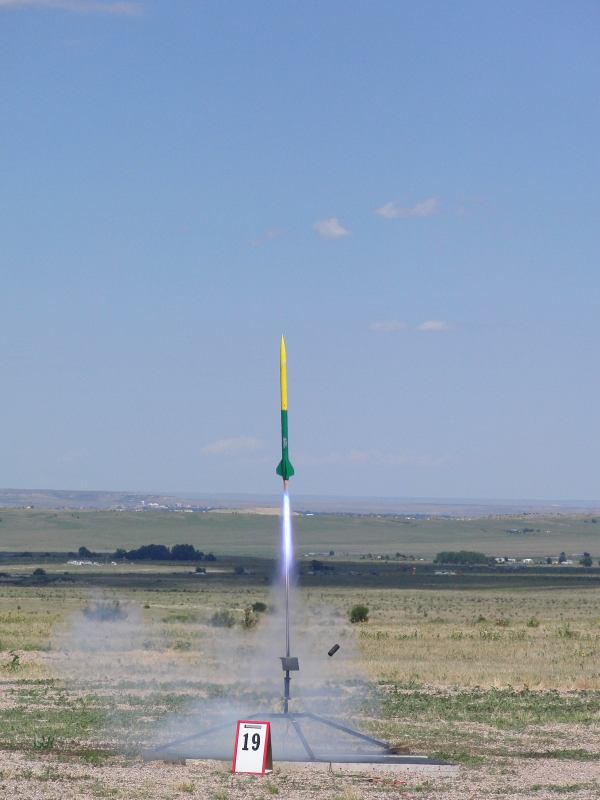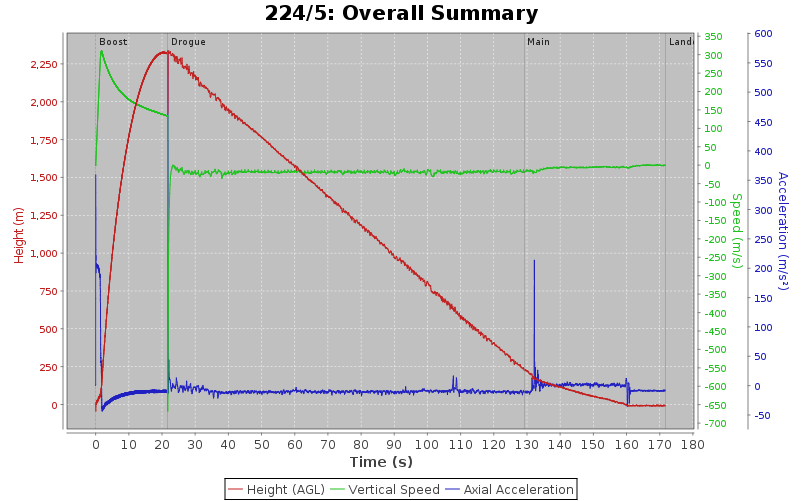It’s not rocket surgery
…except when it is:
Anyhoo, somehow or other I’m now a Tripoli certified rocket scientist, with some launches and data to show for it:
Bunches of fun — and the data collection gives you an excuse to relive the flight over and over again while you’re analysing it. Who couldn’t love that? Anyway, as well as the five or six rocket flights I’ve done without collecting data (back in 2007 with a Rising Star, and after DebConf 10 at Metra with a Li’l Grunt), I’ve now done three flights on my Little Dog Dual Deploy (modified so it can be packed slightly more efficiently — it fits in my bag that’s nominally ok for carry-on, and in my bike bag) all of which came back with data. I’ve done posts on the Australian Rocketry Forums on the first two flights and the third flight. There’s also some video of the third flight:
But anyway! One of the things rocketeering focusses on as far as analysis goes is the motor behaviour — how much total impulse it provides, average thrust, burn time, whether the thrust is even over the burn time or if it peaks early or late, and so on. Commercial motors tend to come with stats and graphs telling you all this, and there are XML files you can feed into simulators that will model your rocket’s behaviour. All very cool. However, a lot of the guys at the Metra launch make their own motors, and since it tends to be way more fun to stick your new motor in a rocket and launch it than to put it on a testing platform, they only tend to have guesses at how it performs rather than real data. But Keith mentioned it ought to be possible to derive the motor characteristics from the flight data (you need to subtract off gravity and drag from the sensed acceleration, then divide out the mass to get force, ideally taking into account the fact that the motor is losing mass as it burns, that drag varies according to speed and potentially air pressure, and gravity may not be exactly aligned with your flight path), and I thought that sounded like a fun thing to do.
Unfortunately when I looked at my data (which comes, of course, from Bdale and Keith’s Telemetrum board and AltOS software), it turned out there was a weird warble in my acceleration data while it was coasting — which stymied my plan to calculate drag, and raised a question about the precision of the acceleration under boost data too. After hashing around ideas on what could be causing it on IRC (airframe vibration? board not tied down? wind?), I eventually did the sensible thing and tried recording data while it was sitting on the ground. Result — exactly the same: weird warbling in the accel data even when it’s just sitting there. As it turned out, it was a pretty regular warble too — basically a square wave with a wavelength of 100ms. That seemed to tie in with the radio — which was sending out telemetry packets ten times a second between launch and apogee. Of course, there wasn’t any reason for the radio to be influencing the accelerometer — they’re even operating off separate voltages (the accelerometer being the one 5V part on the board).
Hacking the firmware to send out telemetry packets at a different rate confirmed the diagnosis though — the accelerometer was reporting lower acceleration while the radio’s sending data. Passing the buck to Keith, it turned out that being the one 5V part was a problem — the radio was using enough current to cause the supply voltage to drop slightly, which caused all the other sensors to scale proportionally (and thus still be interpreted correctly), but the accelerometer kept operating at 5V leading to a higher output voltage which gets interpreted as lower acceleration. One brief idea was to try comparing the acceleration sensor to the 1.25V generated by the cpu/radio chip, but unfortunately it gets pulled down worse than the 3V does.
Fortunately this happens on more than just my board (though not all of them), so hopefully someone’ll think up a fix. I’m figuring I’ll just rely on cleaning up the data in post-processing — since it’s pretty visible and regular, that shouldn’t be too hard.
Next on the agenda though is trying some real-time integration with Google Earth — basically letting altosui dump telemetry data as normal, but also watching the output file for updates, running a separate altosui process to generate a new KML file from it, which Google Earth is watching and displaying in turn. I think I’ve got all the pieces for that pretty ready, mostly just waiting for next weekend’s QRS launch, and crossing my fingers my port HP Mini 2133 can handle the load. In any event, I hacked up some scripts to simulate the process using data from my third flight, and it seemed to work ok. Check out the recording:
BTW, if that sounds like fun (and if it doesn’t, you’re doing it wrong), now would probably be a good time to register for lca and sign up to the rocketry miniconf — there’s apparently still a couple of days left before early bird prices run out.


